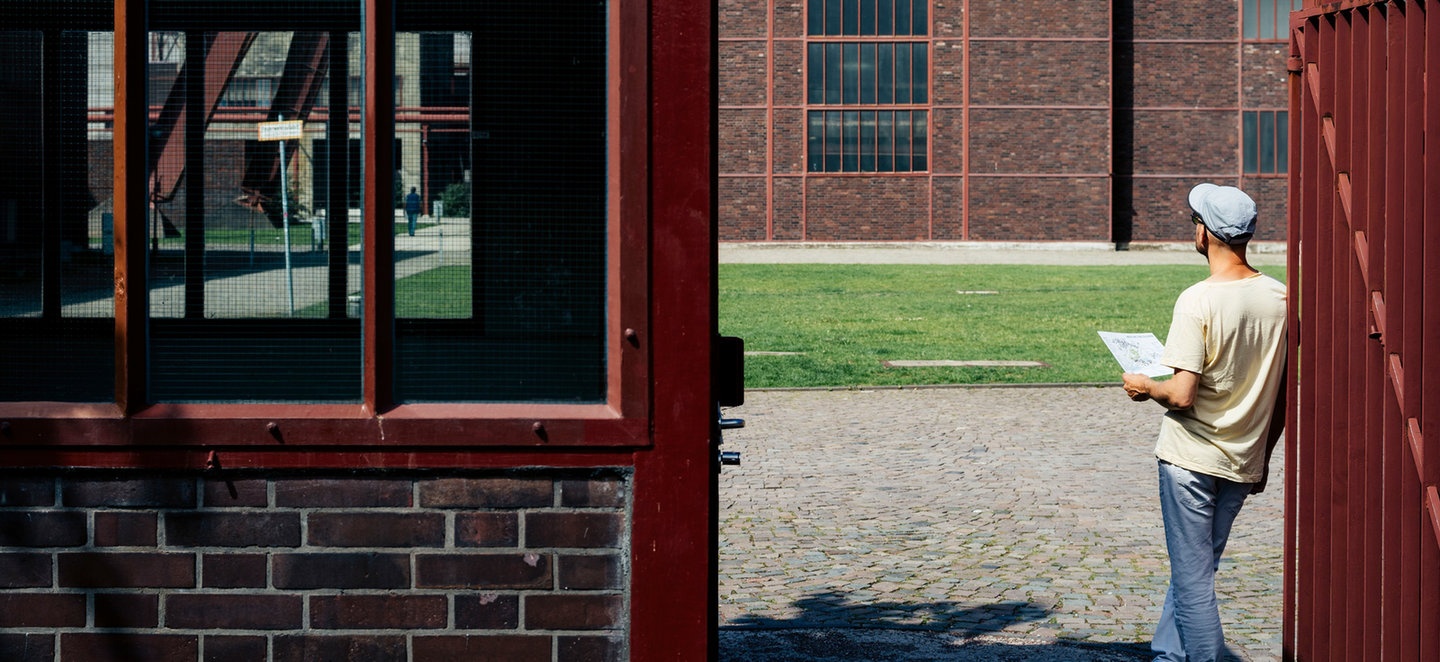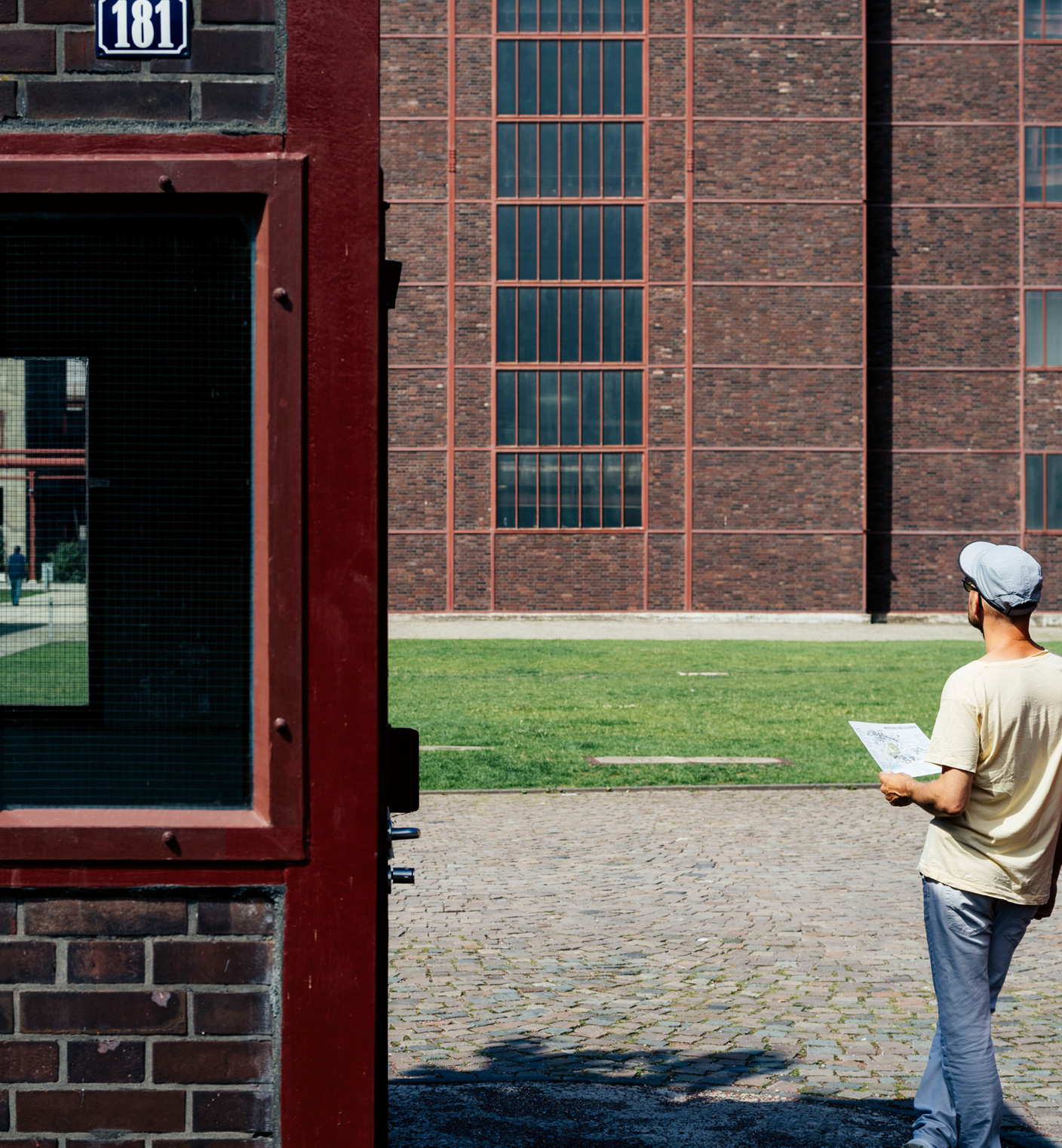Industrial Beauty: The Zollverein Coal Mine Industrial Complex
Described as “the most beautiful mine in the world”, the twelfth shaft of the Zollverein Coal Mine Industrial Complex is a striking example of Bauhaus design in an industrial setting. We look at the structure as it is today
Designed by architects Fritz Schupp and Martin Kremmer, the twelfth shaft of the Zollverein Coal Mine Industrial Complex is one of the most striking examples of Bauhaus architecture remaining in Germany today. Constructed between 1928 and 1932, it has long been praised for its simple, functional aesthetic and striking geometry.
At the core of the design is the Deppelblock winding tower, which extracted up to 12,000 tonnes of col a day from its shaft, Schacht Albert Vögler. This iconic winding tower proved highly influential on the design of later central mining facilities, and became a widely known symbol of German heavy industry.
The boiler house, which sits below the winding tower, features red steel trusses which serve to underline the building’s characteristically Bauhaus proportions. Today the building is home to the Red Dot Design Museum.
The mine was shuttered in 1986, following 55 years of operation, but has now been refurbished to form an arts centre. Since 2001, the site has been a UNESCO World Heritage Site in recognition for its unique contribution to industrial design.
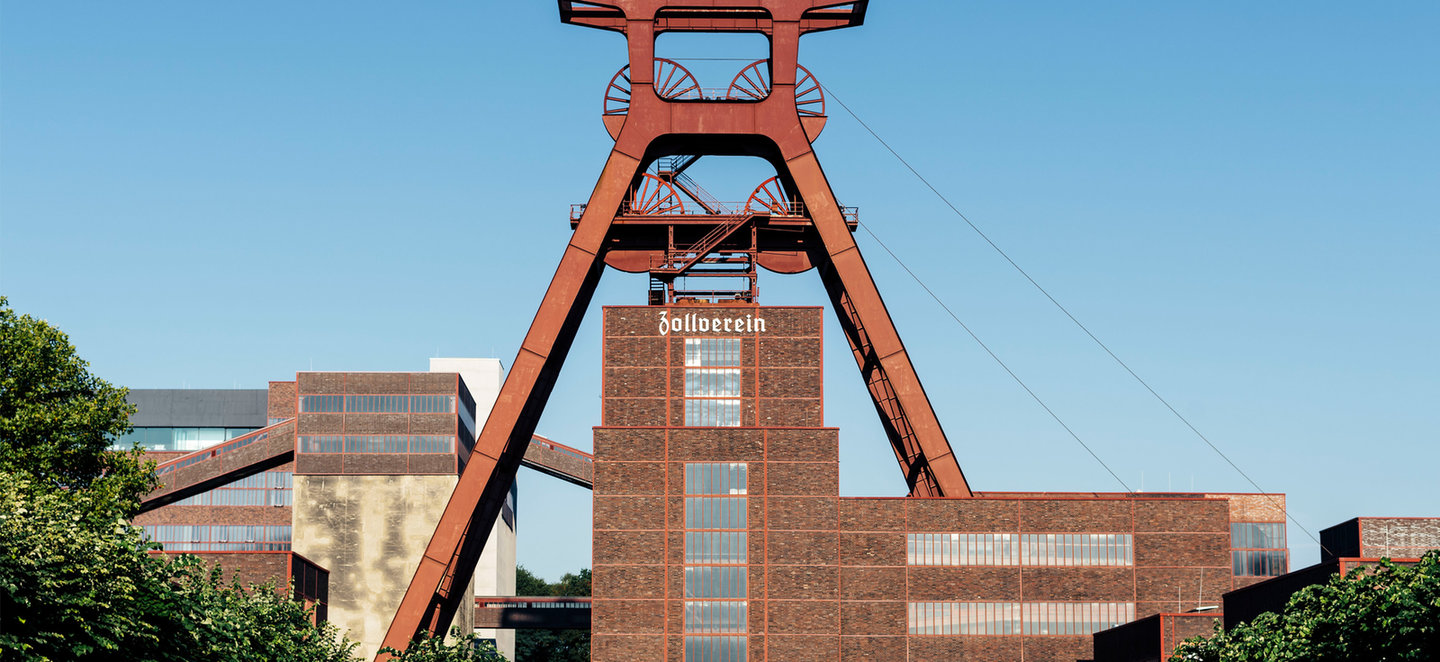
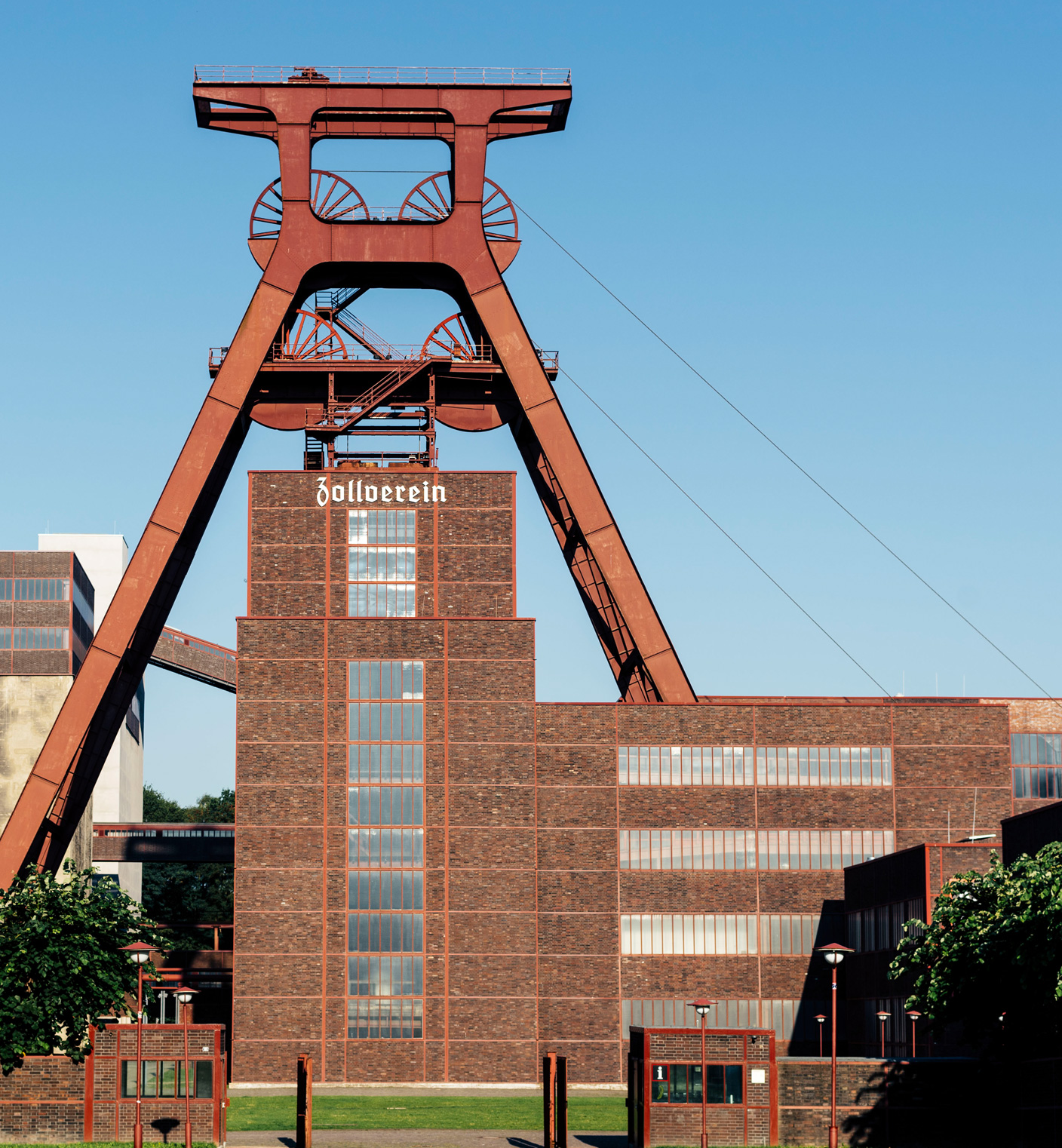
Designed by architects Fritz Schupp and Martin Kremmer, the twelfth shaft of the Zollverein Coal Mine Industrial Complex is one of the most striking examples of Bauhaus architecture remaining in Germany today. Constructed between 1928 and 1932, it has long been praised for its simple, functional aesthetic and striking geometry.
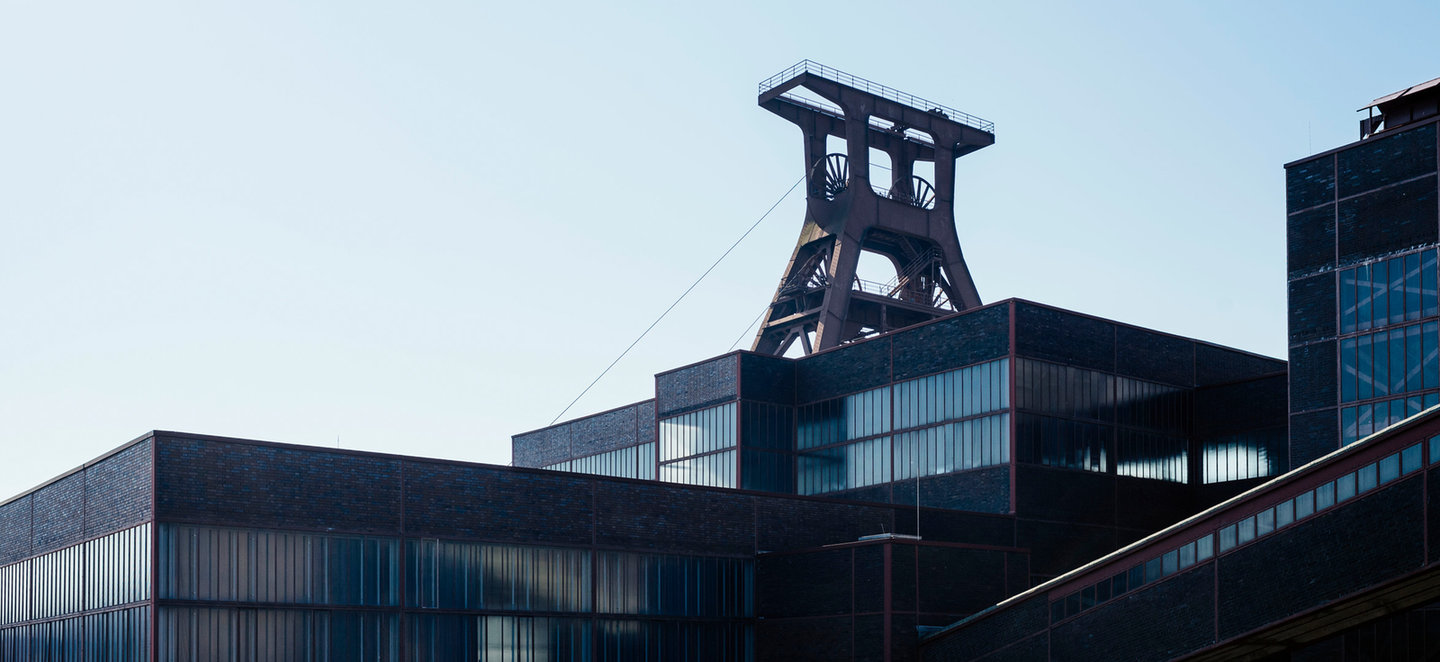
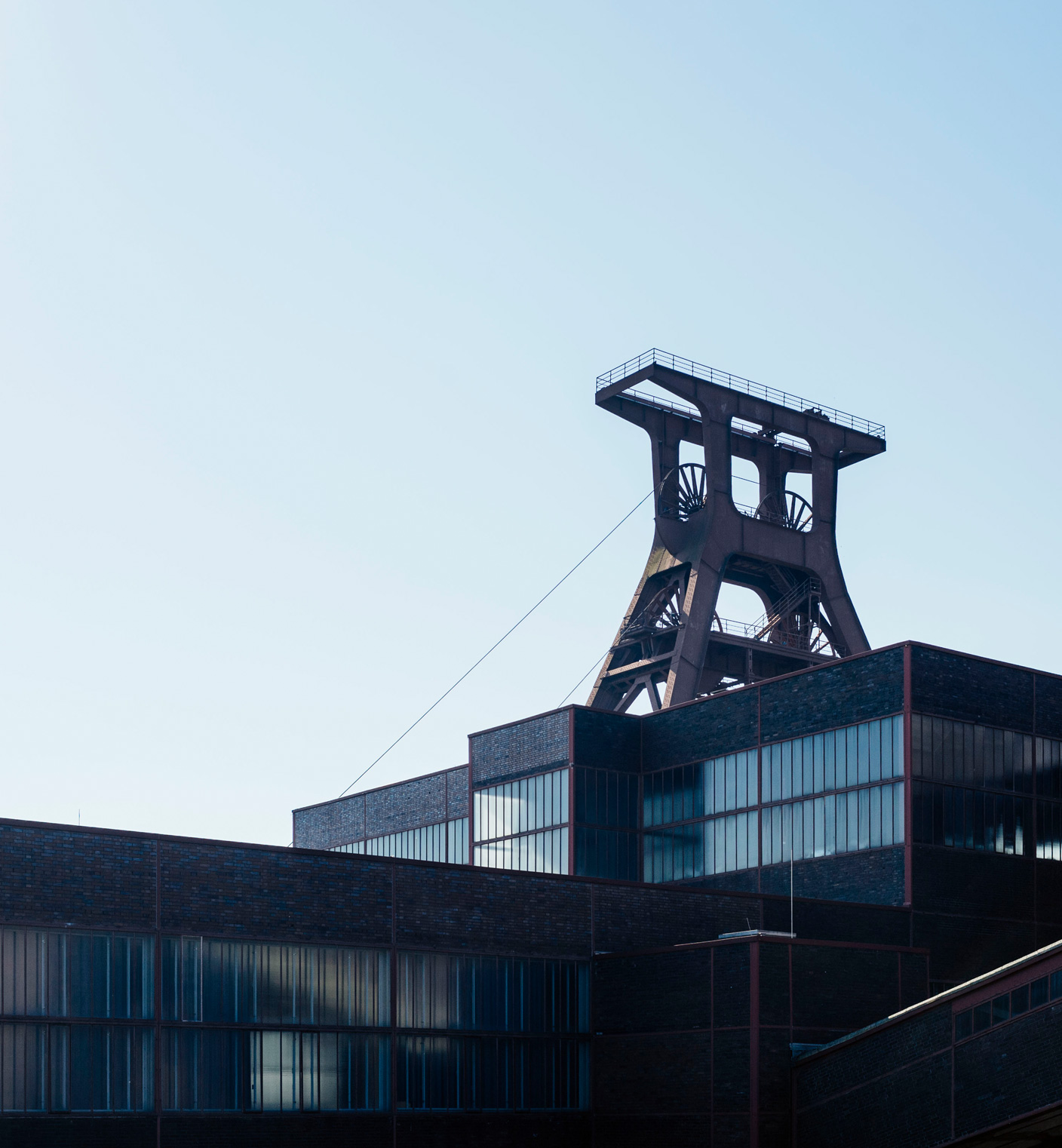
At the core of the design is the Deppelblock winding tower, which extracted up to 12,000 tonnes of coal a day from its shaft, Schacht Albert Vögler. This iconic winding tower proved highly influential on the design of later central mining facilities, and became a widely known symbol of German heavy industry.
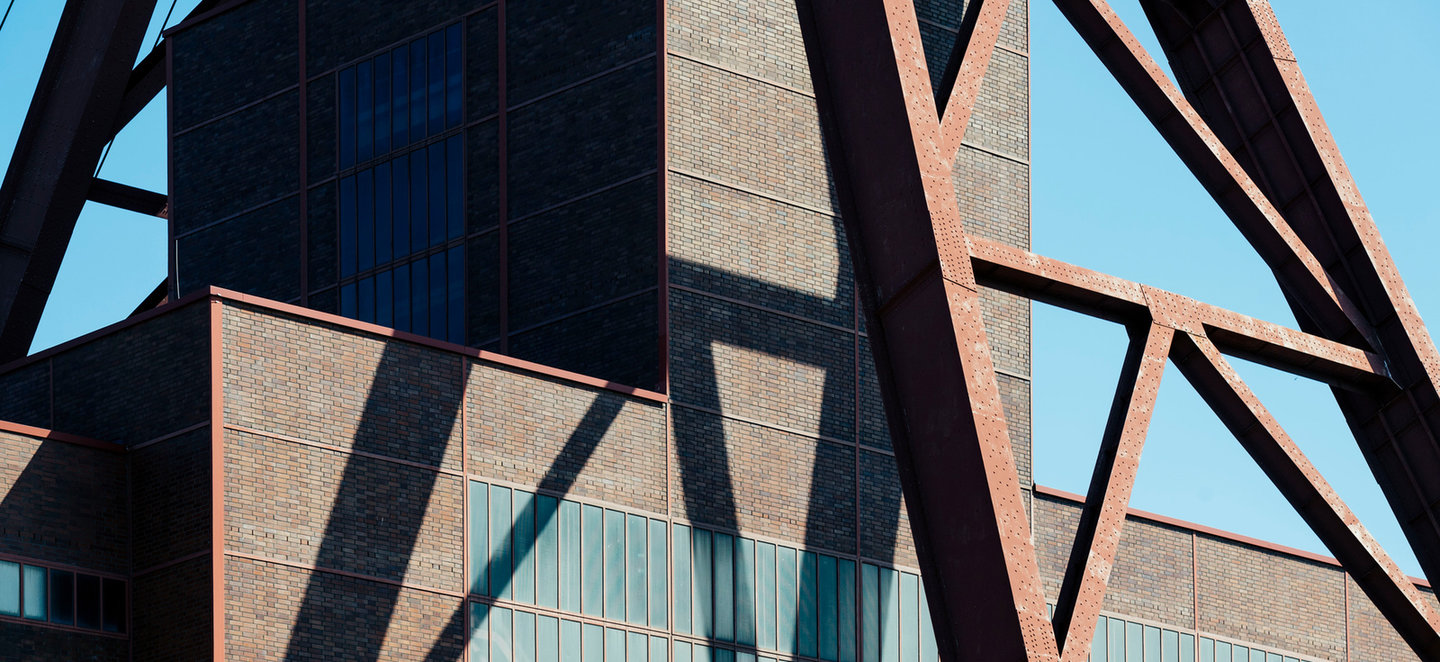
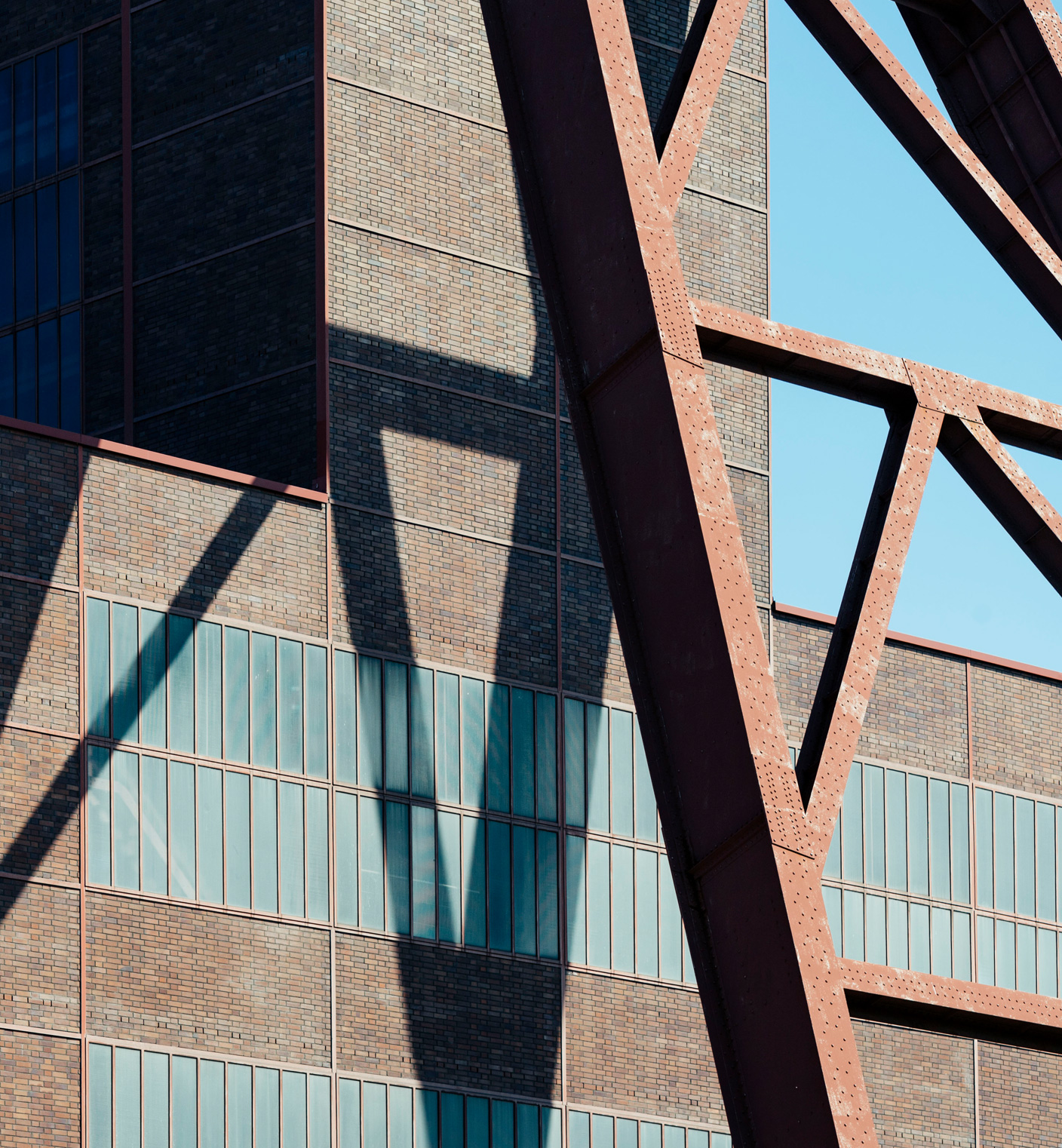
The boiler house, which sits below the winding tower, features red steel trusses which serve to underline the building’s characteristically Bauhaus proportions. Today the building is home to the Red Dot Design Museum.
